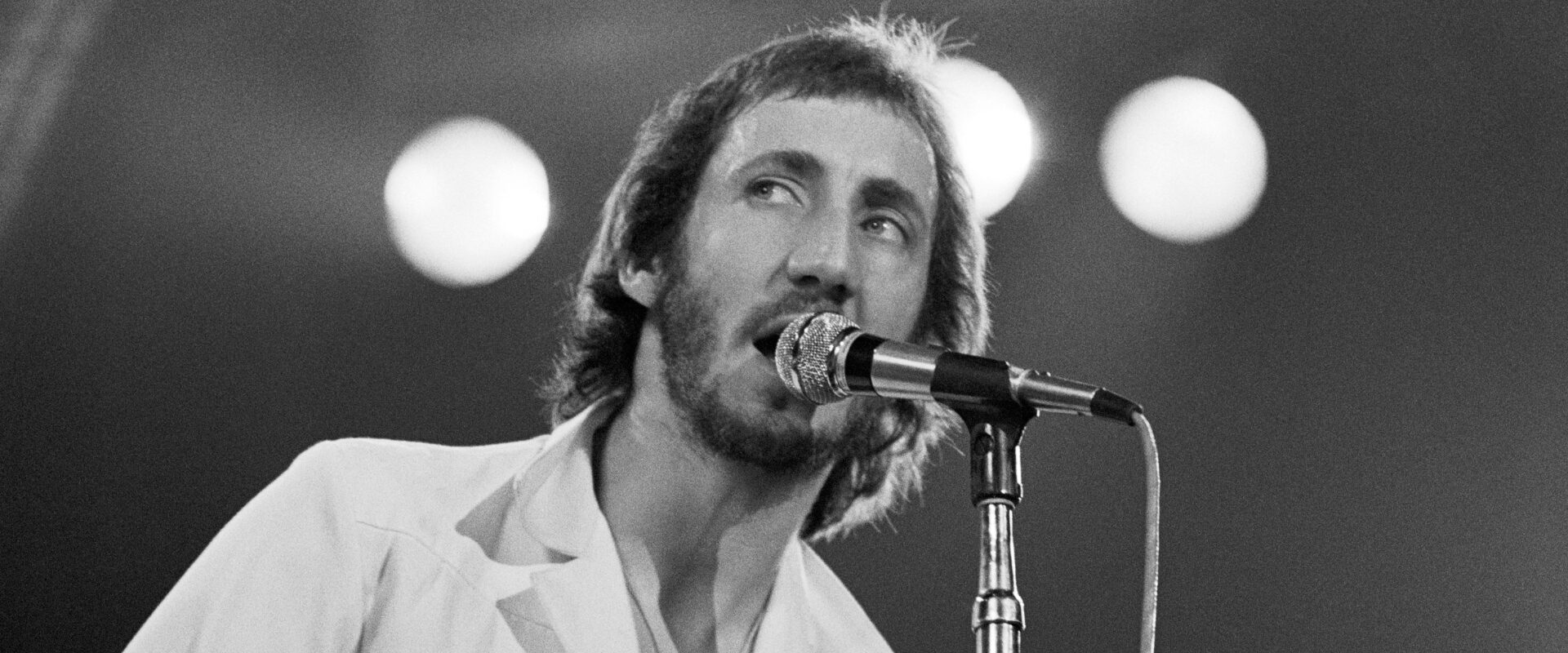While speaking with legendary rock critic Greil Marcus for Rolling Stone in 1980, The Who‘s Pete Townshend attempted to explain the strange fanaticism surrounding the band. At this time, The Who had embarked on a North American tour, two years out from Keith Moon’s death, and one year since the death of eleven people at a show in Cincinnati.
The incident in Cincinnati in 1979 propelled The Who to a new level of fame worldwide. It also created a disconnect between the band and their fans. What Marcus and Townshend described as a “gulf.” In this gulf, fans thought they knew everything about The Who, while the band became increasingly separated from them.
In the interview, Marcus brought up the aftermath of the stage rush in Cincinnati, which caused the death of eleven people. Both Townshend and Roger Daltrey released statements, but Marcus brought up the fact that Daltrey described the victims as just “the kids.” There, they brought up the concept of the “gulf.”
Pete Townshend Explained the “Gulf” Between The Who and Their Fans as They Became More Famous
“The audience had become faceless, physically present but also somehow invisible,” said Marcus when explaining the concept. “Whoever was in the audience, they were ‘the kids.’ It was as if there were an enormous gulf separating the band from its audience.”
Pete Townshend agreed that there was a kind of gulf between The Who and its audience. “When I think back to the days at the Marquee,” he said, mentioning The Who’s first residency, “The first night, there were maybe fifty people, the next night, two hundred, and after that we were packing it.
“We were a cult within a cult—our whole audience was nineteen years old, as we were—and there’s a great feeling of affirmation when the audience knows they’re sharing in the success,” he continued. “They’re making the success happen as well. So you become incredibly close. The two or three thousand people who regularly attended the Marquee residency—I think I know them all by their first names.”
“The Band’s History Starts to Accumulate”
Pete Townshend explained that the gulf was mostly created by The Who’s growth, but also by projects that surrounded them. Specifically, he named the Tommy film, which had come out in 1975. Still, while Townshend felt that these things didn’t have much to do with “front-line rock & roll,” they still colored the way people viewed The Who.
“But there is also the fact that the band’s history starts to accumulate,” he continued. “To be in existence for fifteen years, and still be working, still be appearing on a stage … People can actually pay money and go and see this band who have got—not so much a wonderful backlog of material behind them, but who have actually got a history.”
Townshend described it as getting into a really old author. Eventually, you run out of books to read because they’ve been long-dead. “And you get pissed off when you run out,” he said. “This often happens to you when you’re quite young.”
However, he said, “What’s a big kick for a lot of young kids who get into The Who is the discovery that there’s so much to get into. We do exist now, we are putting out product, but there’s a lot more they can find.”
As for the gulf, Townshend said that, while it definitely exists, there are moments where fans attempt to cross it, to bring themselves closer to The Who.
“So although there is a gulf,” he said, “I think there is also a fascination in the fact that people might feel that gulf to start with, but also feel there’s an opportunity, by a kind of investigative listening, and studying, and reading books about the band or going to see the films—there’s a chance they can get closer.”
Photo by Tom Hill/WireImage
